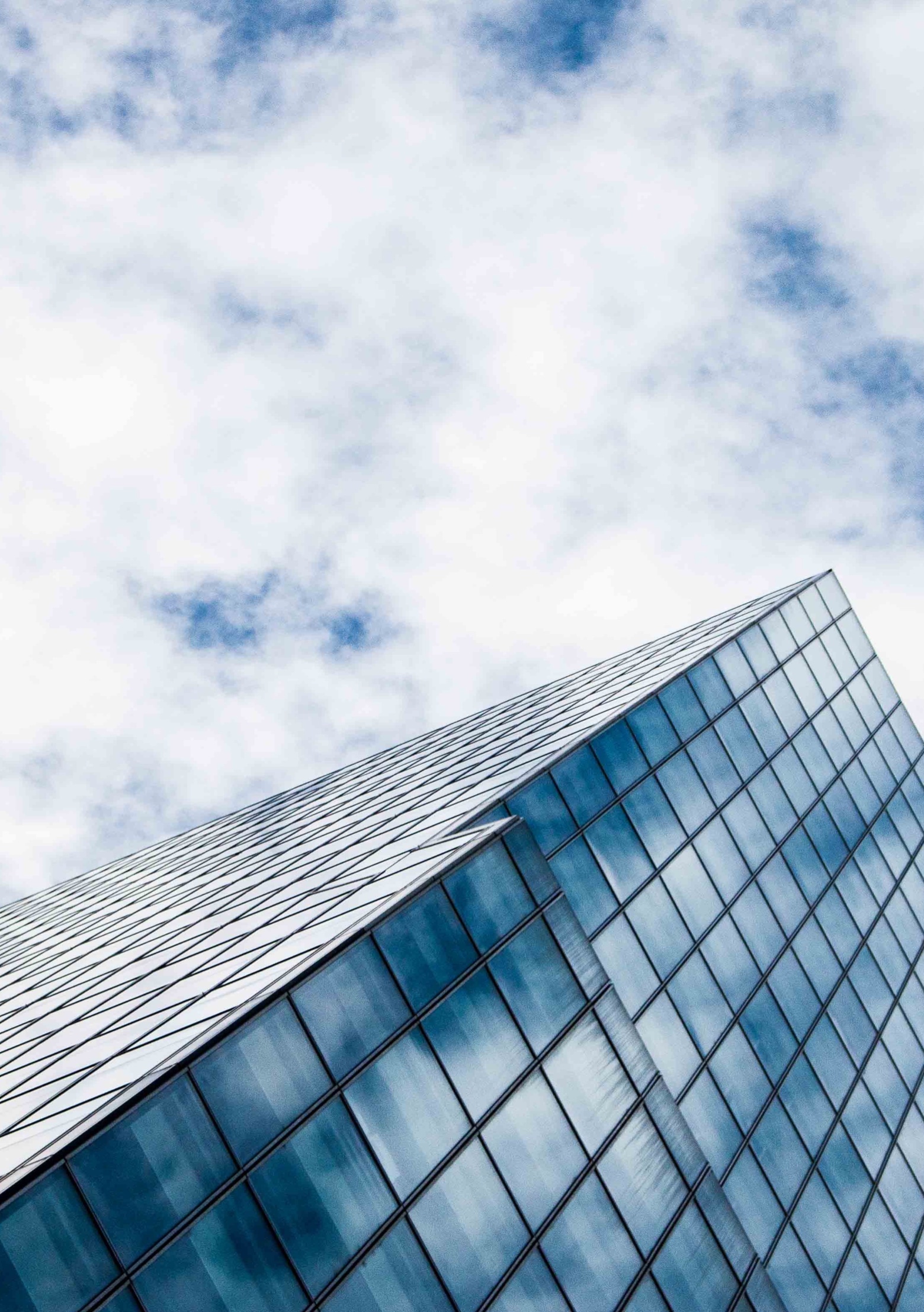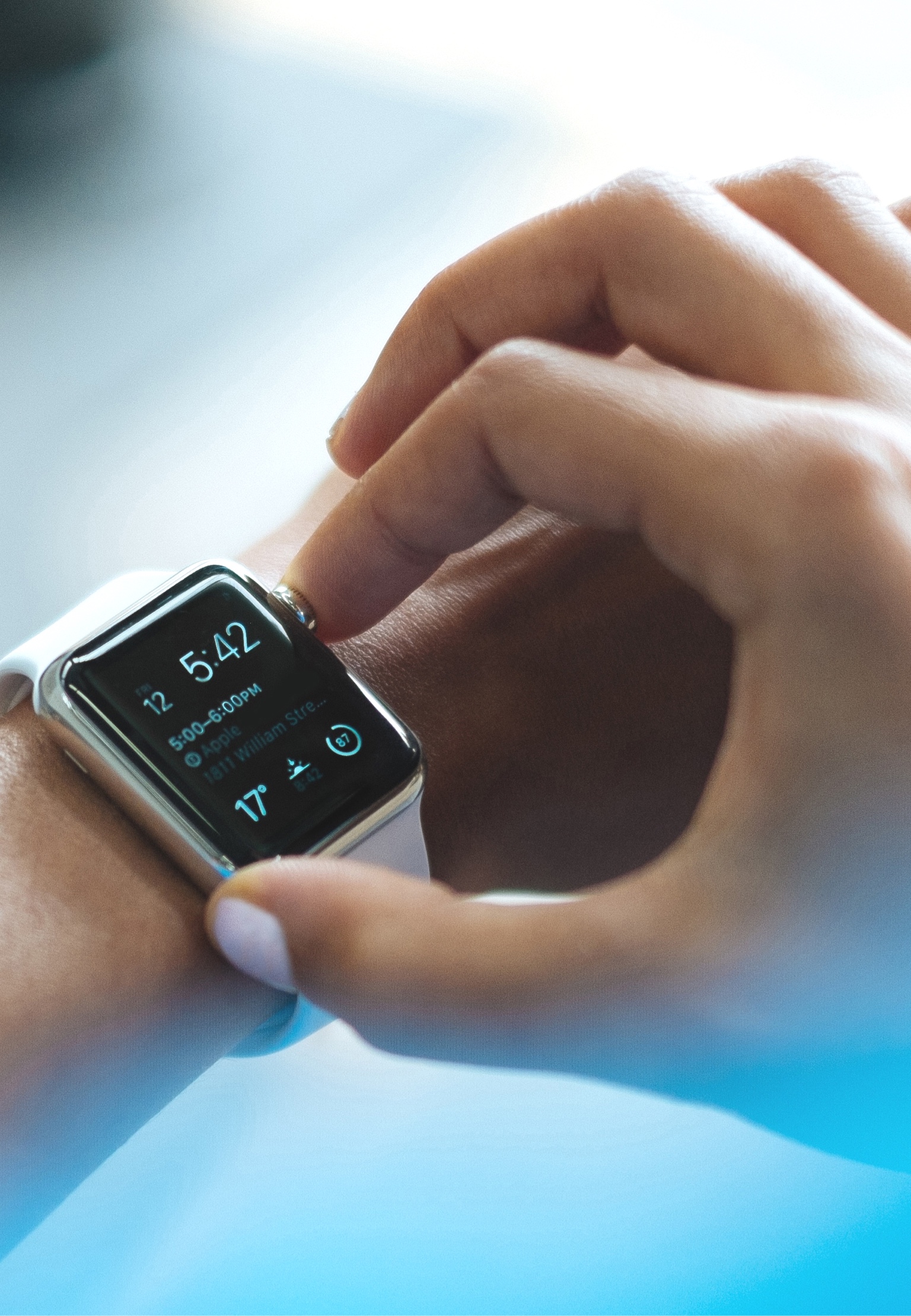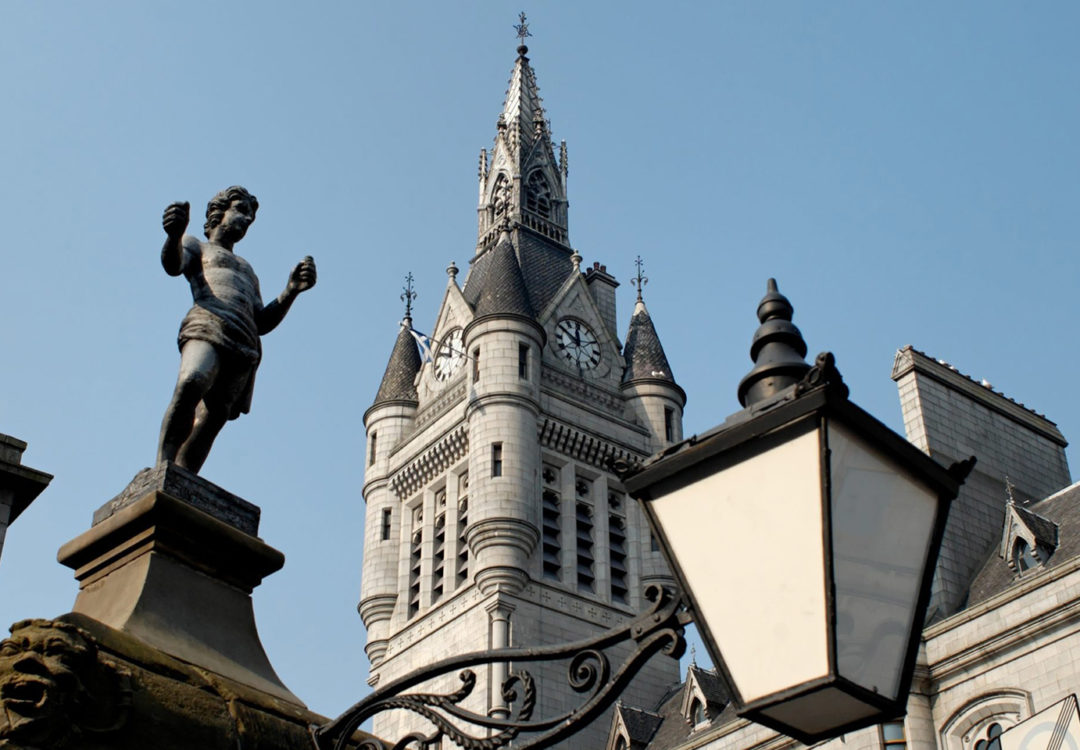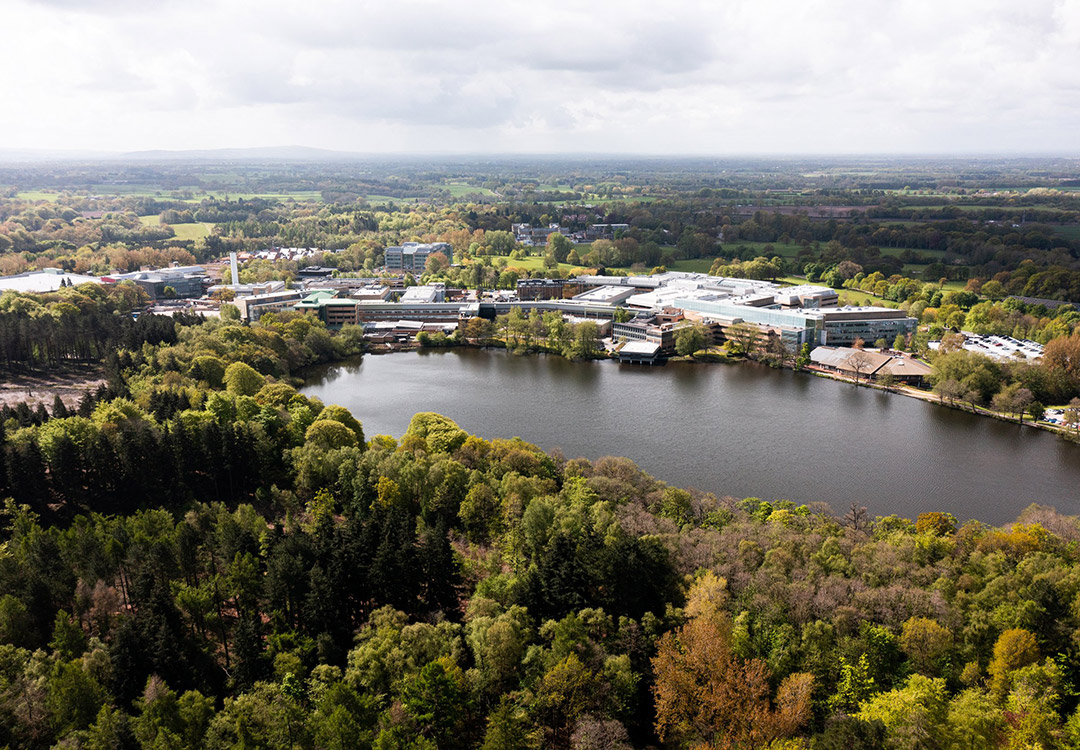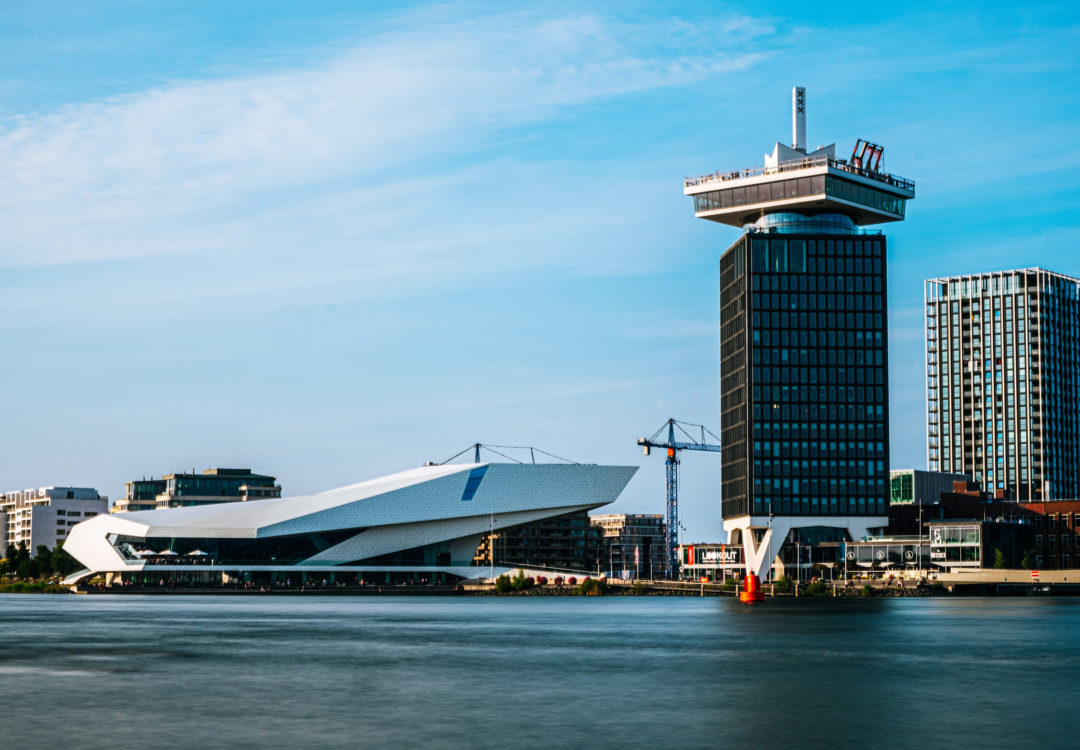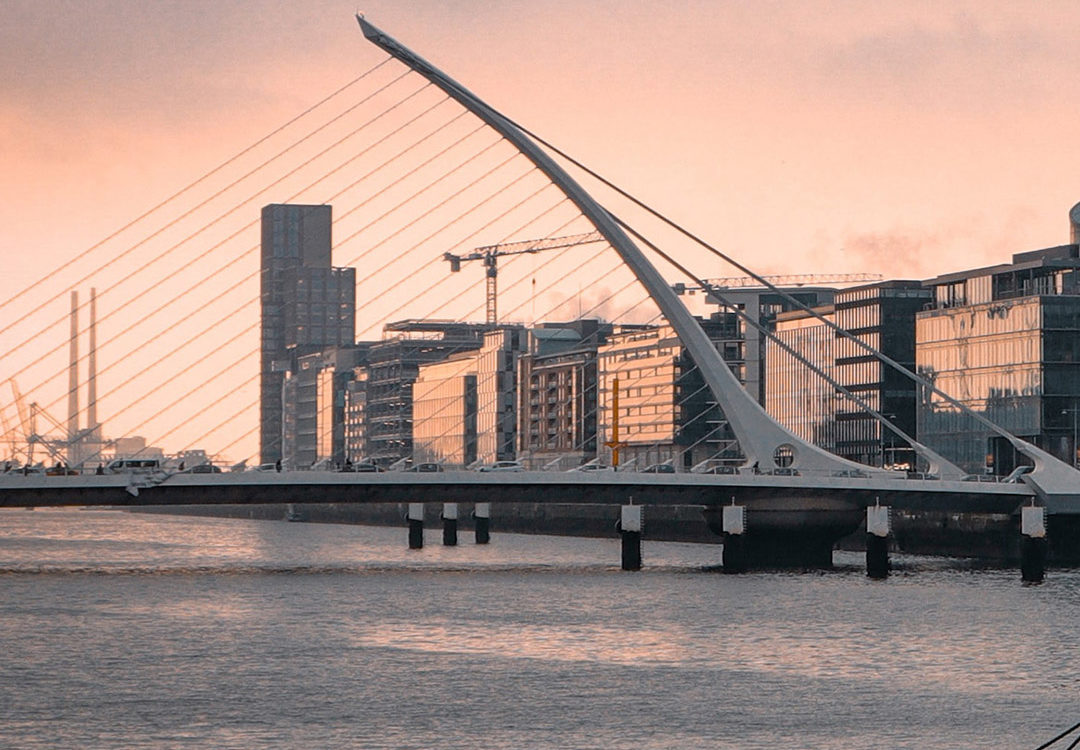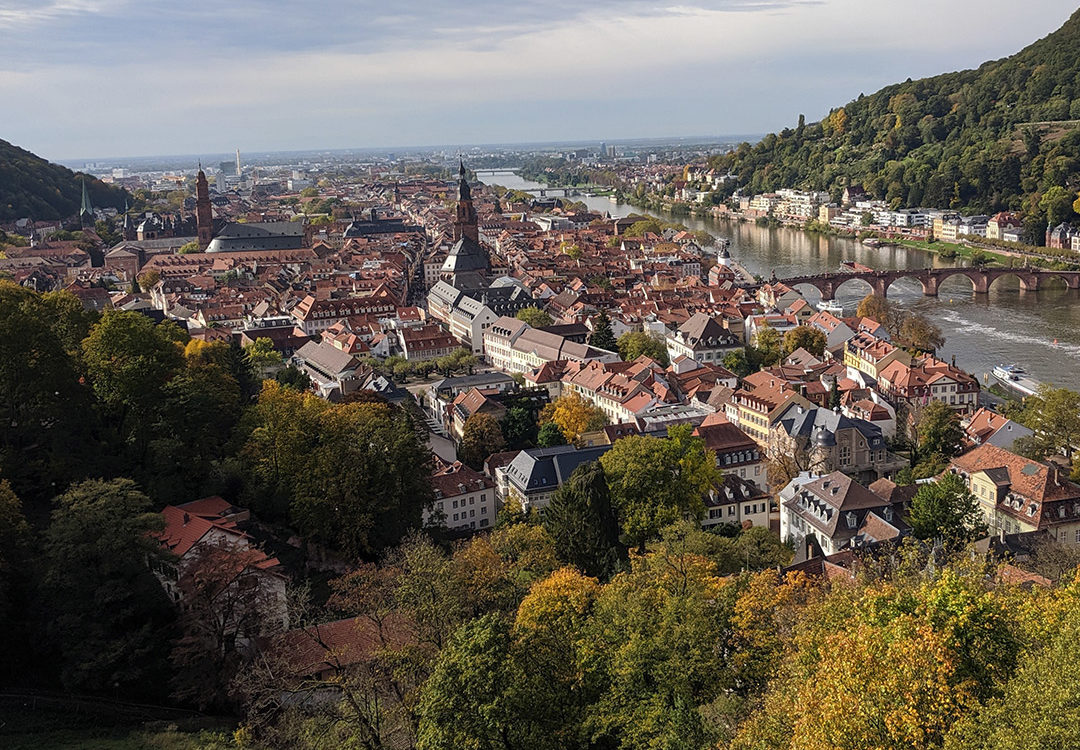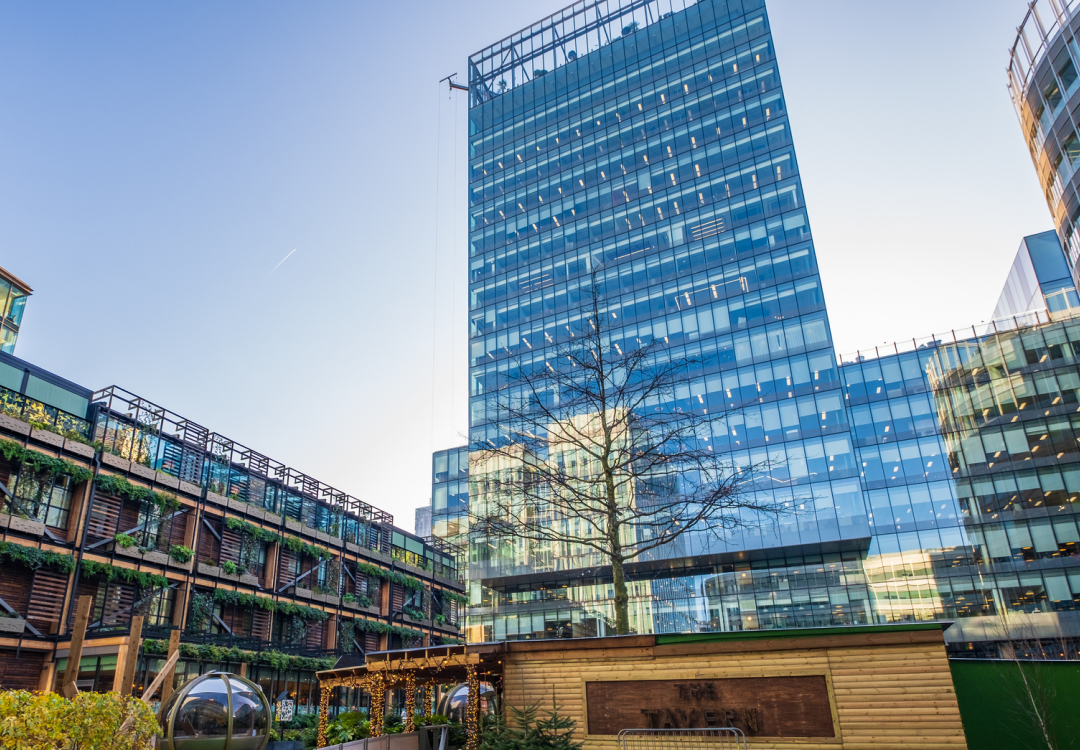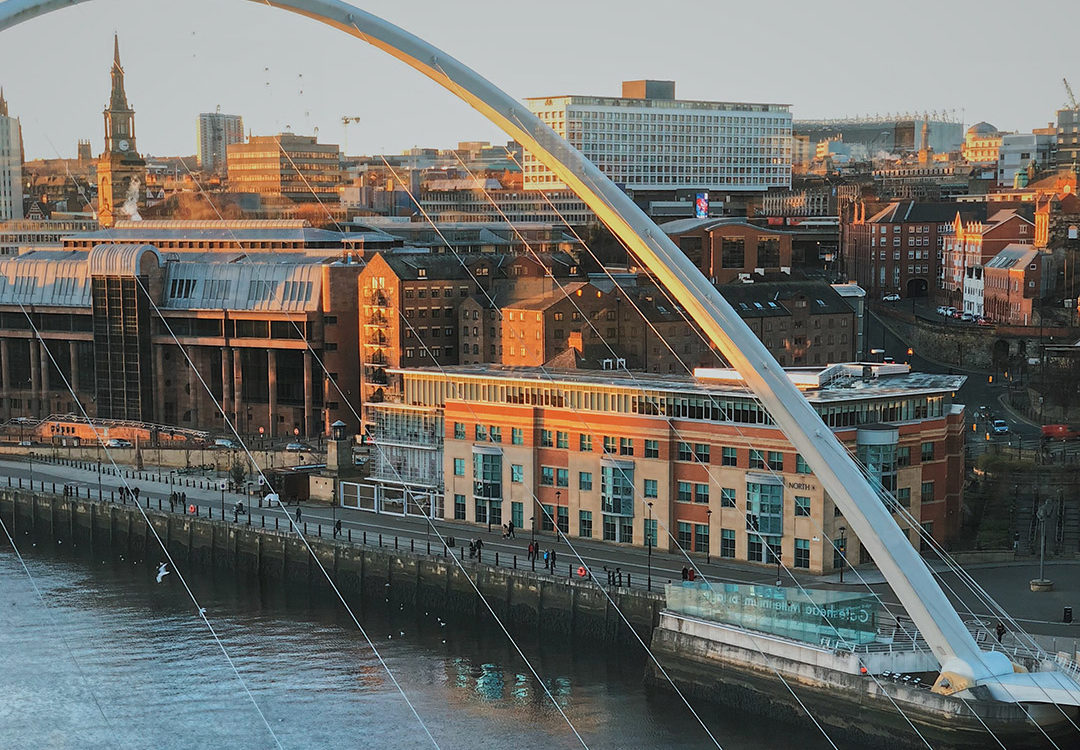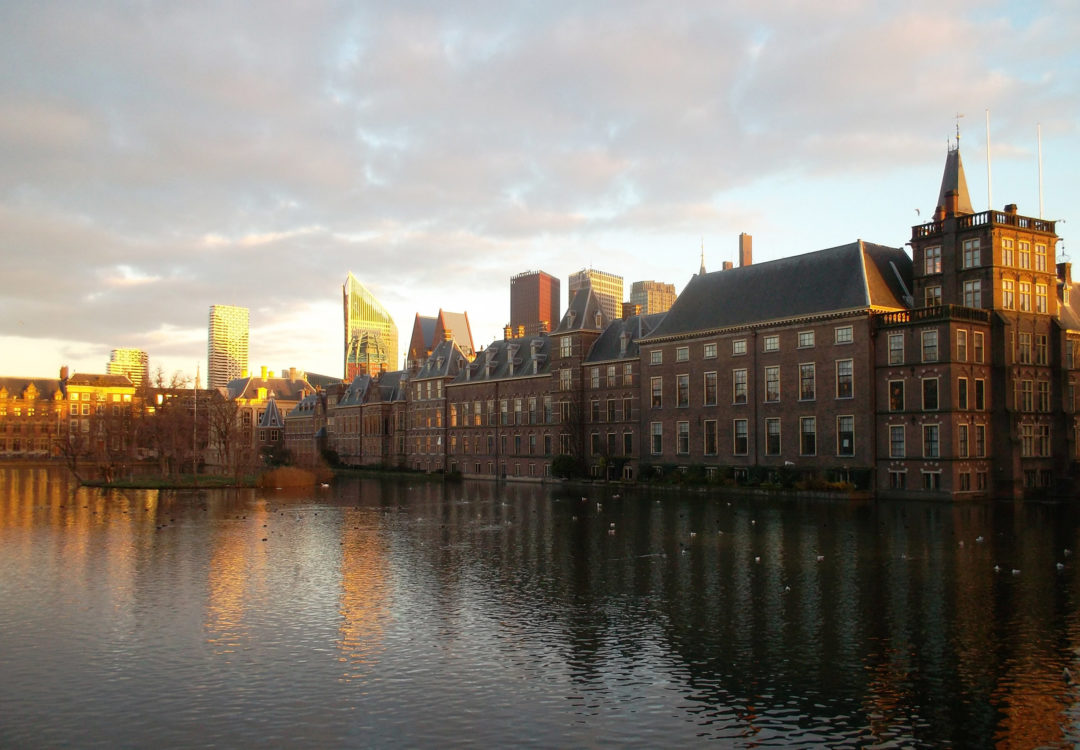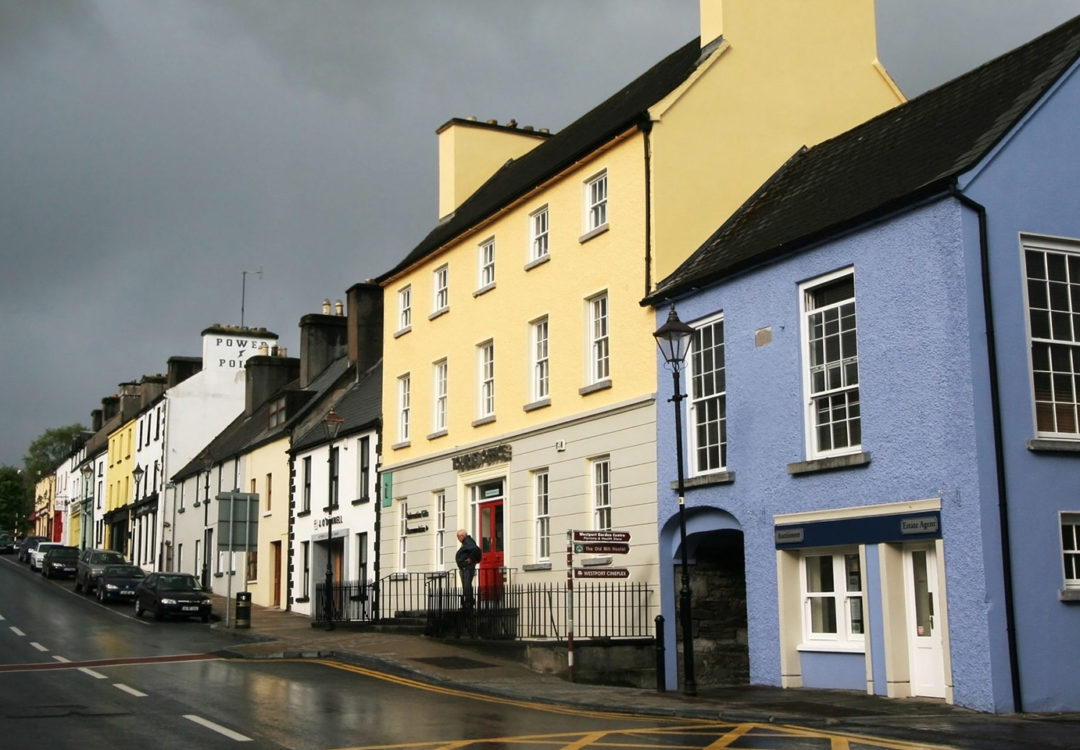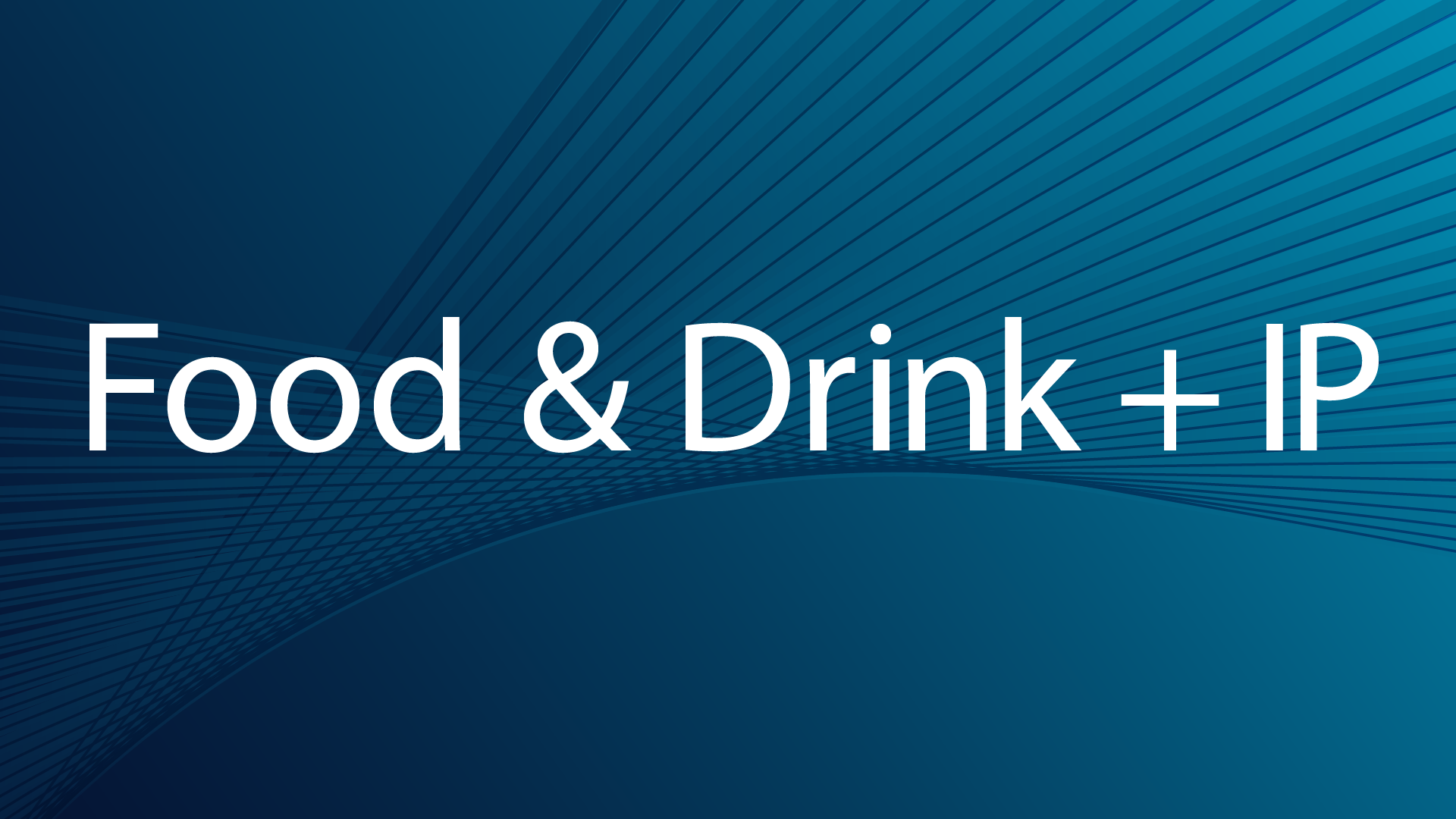Retail Scanner
The Internet of Things
August 2021
What is the Internet of Things?
Among the various lockdown viewing options offered by Netflix is a series of animated short stories called “Love, Death and Robots”, which span a breath of genres, from comedy, horror to Sci-Fi and fantasy. The second series features one called “Automated Customer Service” – a darkly comedic episode, which imagines a dystopian future where virtually all human roles, from housekeeping and gardening to lifeguards, have been replaced by artificial intelligence. This episode demonstrates the danger of such dependency on robots (and inept automated customer services), when a hapless householder triggers “intruder” mode in her housekeeping robot, leading to a murderous chase. Away from the cautionary tales of AI, this animated short neatly encapsulates the Internet of Things (IoT) – a series of interconnected objects embedded with sensors and software, each communicating with others over the Internet, relaying and reacting to continually changing information. So much of IOT will already be familiar to us, from smart sensors in our homes (such as Samsung’s SmartThings), allowing us to remotely adjust the thermostat and check who is at the door, to the wearable tech which is continually monitoring our every heartbeat and activity level.
IOT describes a series of objects, connected over Wi-Fi in a closed network, generating and sharing data, in an increasing connected world. A huge network of interconnected “things”. One of the most famous examples is Amazon’s Alexa, a cloud based voice activated, virtual assistant, capable of playing your favourite album, giving you weather and news updates, ordering your groceries and controlling your “smart” home. The interconnectedness of the smart home can go even further – to a fridge which can control the stock levels (alongside an oven which relays which produce has been cooked and when, a smart kettle and toaster) and sense the “use by dates” of the produce in it (and potentially order in more), to one which monitors and regulates the levels of natural and artificial light in each room, according to the wishes of the occupants.
Away from residential use, IOT is transforming the industrial landscape as smart sensors on production lines, feedback everything from the speed of assembly to temperature, whilst the wireless inventory tracks the stock levels of components and allows manufacturers to slim wastage and increase the efficiency of production in these smart factories. One study found 35% of manufacturers in the USA had already adopted smart sensors on their production lines[1]. Smart farms are using autonomous farm equipment, such as drones to spray and harvest crops, whilst sensors are deployed to monitor everything from soil pH to humidity levels. These tools allow farmers a holistic view of what is happening on the farm and the growing conditions their crops are experiencing, permitting strategic decision making, without ever having to venture into the fields.
The challenges
The prediction for the future appears to be “anything that can be connected will be”[2] but with it comes a huge challenge to the privacy of those caught in this inter-connected digital world. There are clear and obvious issues with tracking and monitoring everything, from where someone goes to their biometric data – in essence, creating a modern-era panopticon, where everyone is under some form of surveillance. Security also remains one of the foremost challenges to the ever expanding IOT.
Anything connected to a network is vulnerable to being hacked. While the killer robot of Love, Death and Robots, seems far-fetched, more plausible scenarios including hackers accessing smart systems to gain data, including sensitive personal data, generated by them. More mundane issues with IOT include a lack of interoperability and variation of the common technical standards, meaning a lack of integration between different technical ecosystems and the sheer (potentially unsustainable) amount of energy required to power them.
Either way, the IOT is here to stay.
[1] https://www.wired.co.uk/article/internet-of-things-what-is-explained-iot
This article was prepared by HGF Senior IP Solicitor Emily Nousios.
